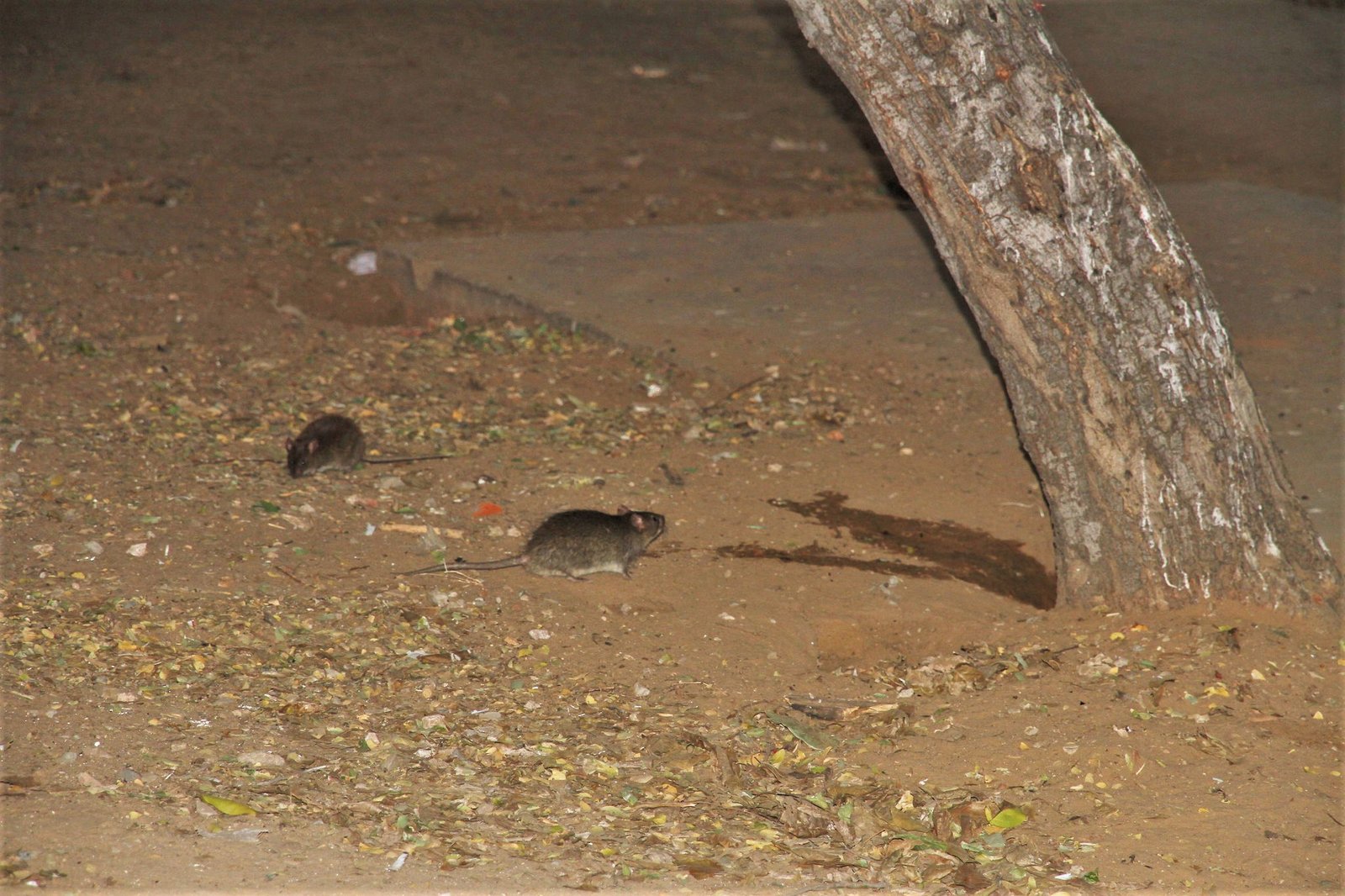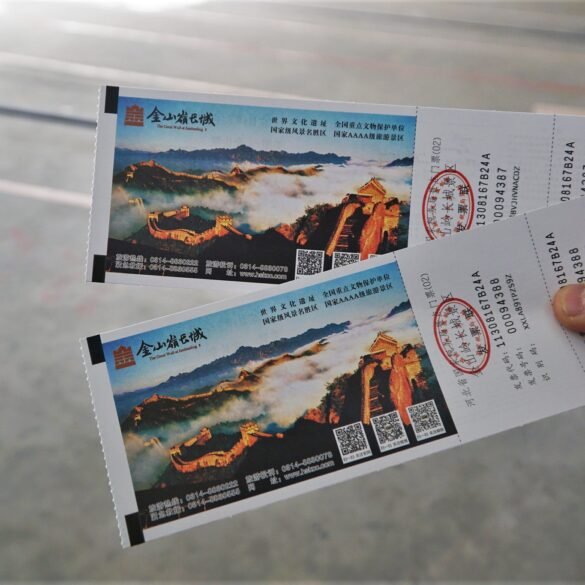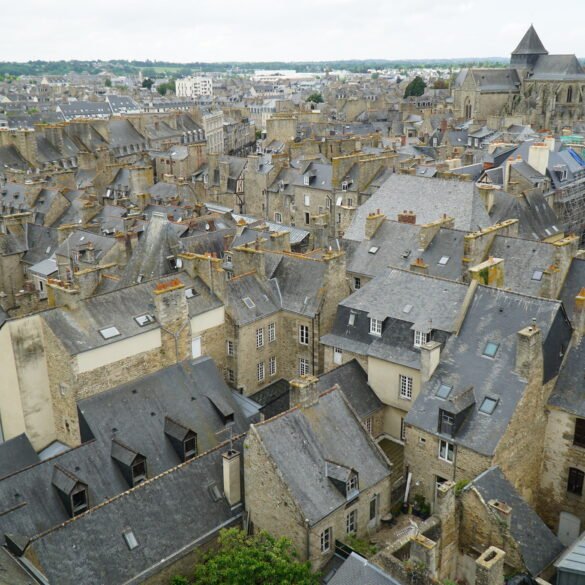India was our best trip and our worst trip. Nine years later, I'm still shocked that, while still being relatively new international travelers, we had enough courage to pick India as our second Asian country to visit. We wrote extensively about 16 unforgettable days in India that included, among other things, traversing rural areas of Madhya Pradesh, ogling at the beautiful Taj Mahal, and drinking opium in an impromptu ceremony. Despite all the hardships, inconveniences, and questionable sanitary conditions, India rewarded us with a lifetime of memories that are vividly seared into our memory. Today’s post will be like a thali dish—a collection of short observations and notes about India that we didn't cover in prior posts.
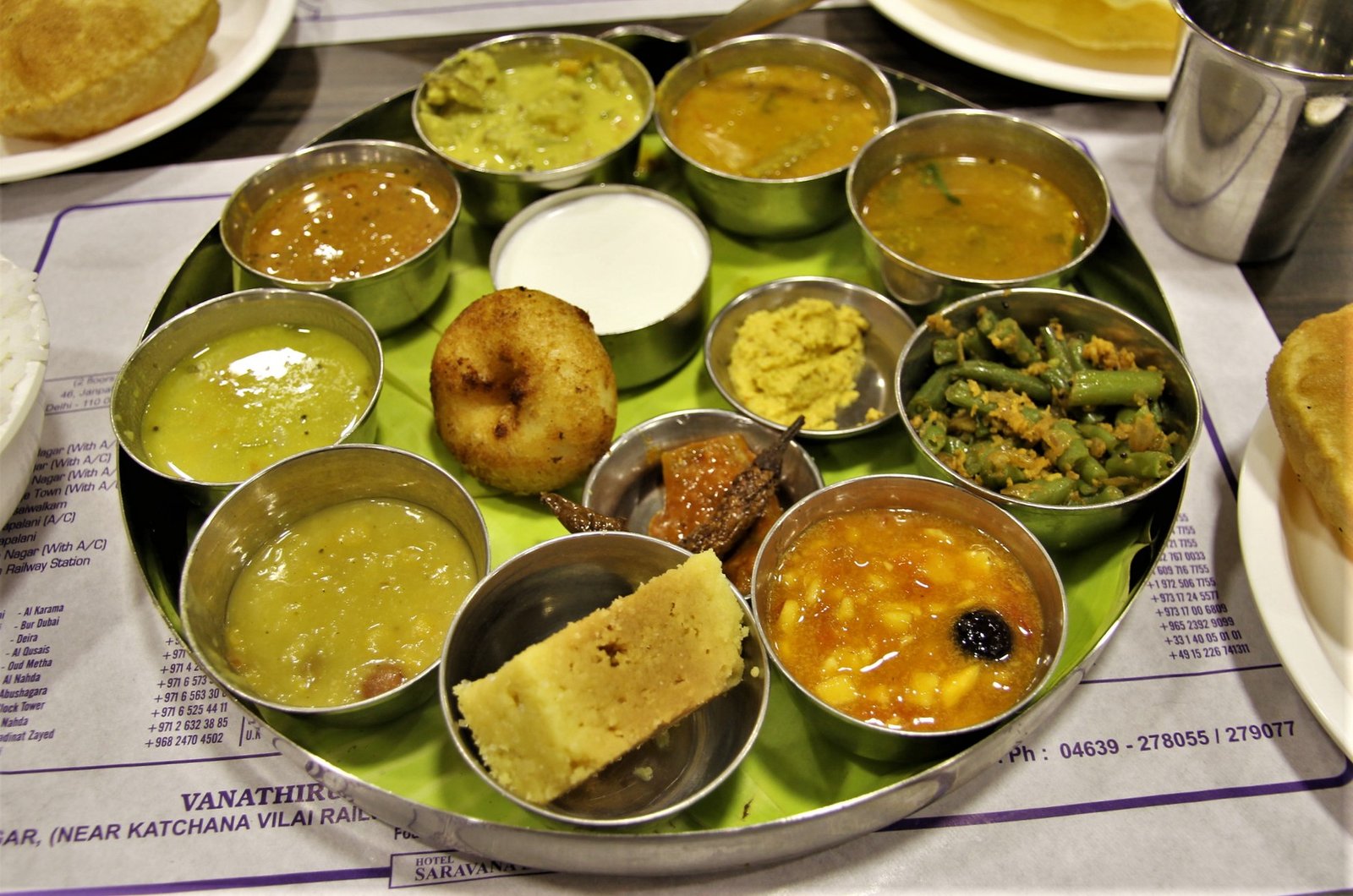
1. Swastikas. We saw swastikas everywhere in India. At first, it was an unsettling sight. One afternoon, we walked into a souvenir shop to find a giant swastika decorating the stand. We froze there for a second, contemplating if we really saw what we saw. But very soon we realized that displaying a swastika in India is not an endorsement of the Nazi ideology. Rather, this ancient symbol is tied to Hinduism, Buddhism, and Jainism and denotes divinity and spirituality. Still, it took us some time to adjust. When we told our driver, Sunil, that we didn't expect to see a lot of swastikas, he was very surprised:
“But you have a lot of Indians in the U.S. They surely display swastikas in their homes and on their cars, don’t they?”
“Um, no! We have Indian friends, but we never saw any swastikas!!”
“No way!” Sunil was looking at us in disbelief. “They do have them at home. Trust me!”
There was some learning to do on both sides. We discovered that the swastika was alive and kicking, and the Nazi’s appropriation of this ancient symbol didn't ruin it for people in India. And our driver learned a little bit about the trauma and impact World War II had on people in Europe and North America, making one of the symbols of that war practically taboo, despite it having been in use for thousands of years.
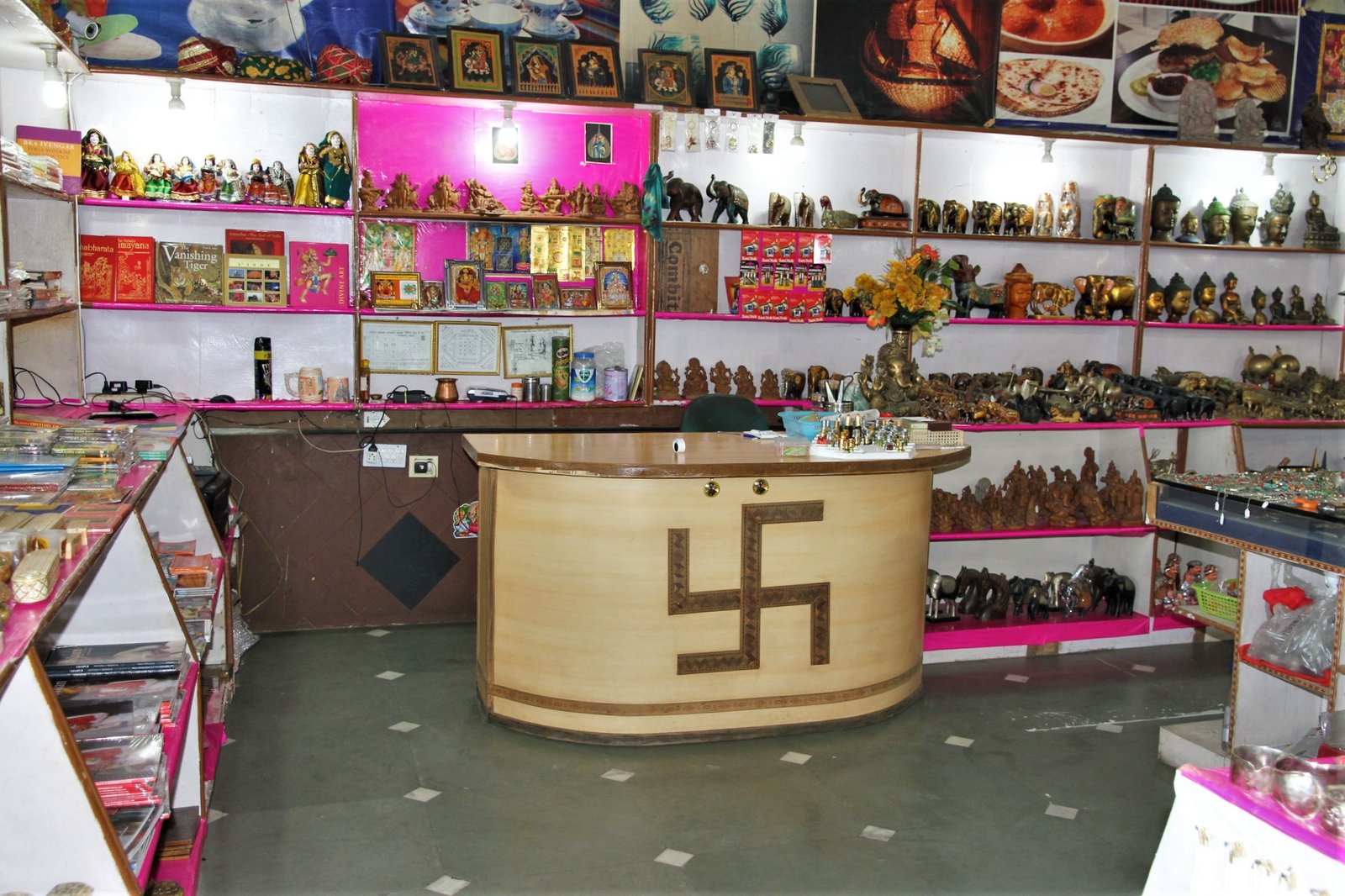
2. Goshalas. One of the mysteries of India we experienced was regularly seeing homeless and starving cows. We saw them in the countryside and on busy city streets, eating garbage on the side of the road and urinating on the steps of temples. Considering cows are sacred in India, it was puzzling to see these skinny and mistreated animals. But, as we moved through the country, it was uplifting to see enclosures by the road where stray cows were sheltered, fed, and cared for. The enclosures (called goshalas) are often built or sponsored by wealthy individuals. Building a goshala or paying for one is one of the greatest deeds in Hinduism. India has a long history of goshalas, with the first opening at the end of the 19th century. Although the government provides some financial support, for the most part, they are supported by private donations.
In Rajasthan, we asked Sunil to pull over at one of these shelters. As we walked up to a large enclosure, we saw a makeshift stand with bunches of grass for sale. Sunil explained that locals stop by to feed cows to improve their karma. We happily purchased some grass and fed the friendly cows. I don't know if our karma was improved, but we felt a little bit better about the lives of cows in India.
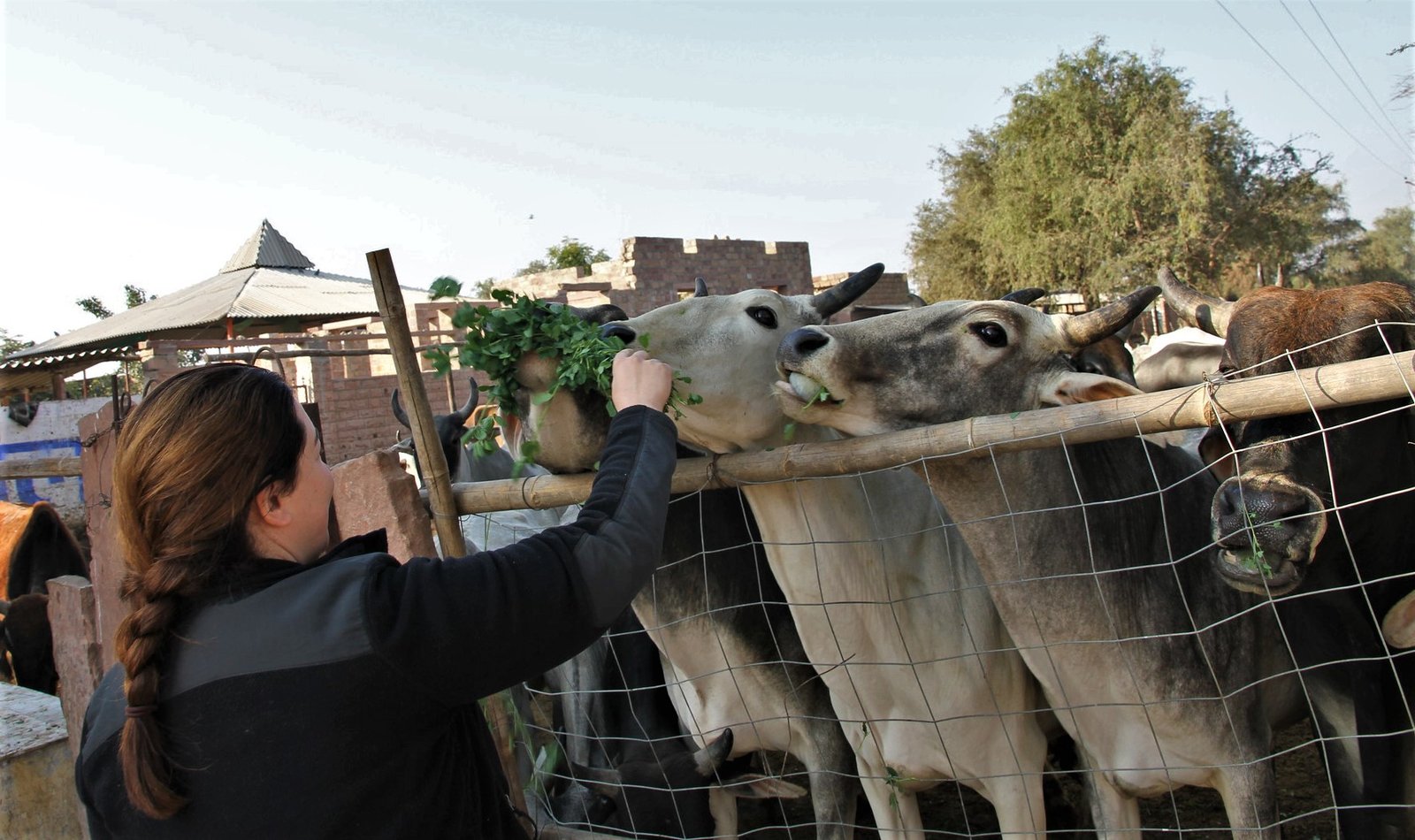
3. Being photographed. When we travel, we are usually the ones who take photos, including pictures of locals. Photographs serve as mementos and to document our travels. In some places, locals would even dress in traditional clothing to pose in front of a camera, like the colorfully dressed Peruvian women holding fluffy baby alpacas. In India, we took hundreds of photos of people and their daily lives, but surprisingly, people were just as interested in taking pictures of us! The whole experience was quite new and something we didn't expect. Sometimes, people took pictures discreetly; other times, they approached us and asked directly. In Khajuraho, on a particularly rainy day, a busload of young men from a nearby village lined up to take pictures with us, insisting we pose for “one more picture” over and over again. Overwhelmed, I ran off after posing for a few photographs. Julia, on the other hand, was a good sport and didn’t say “no” to anyone. I suppose this was payback for all the photos we took of other people in our travels over the years.
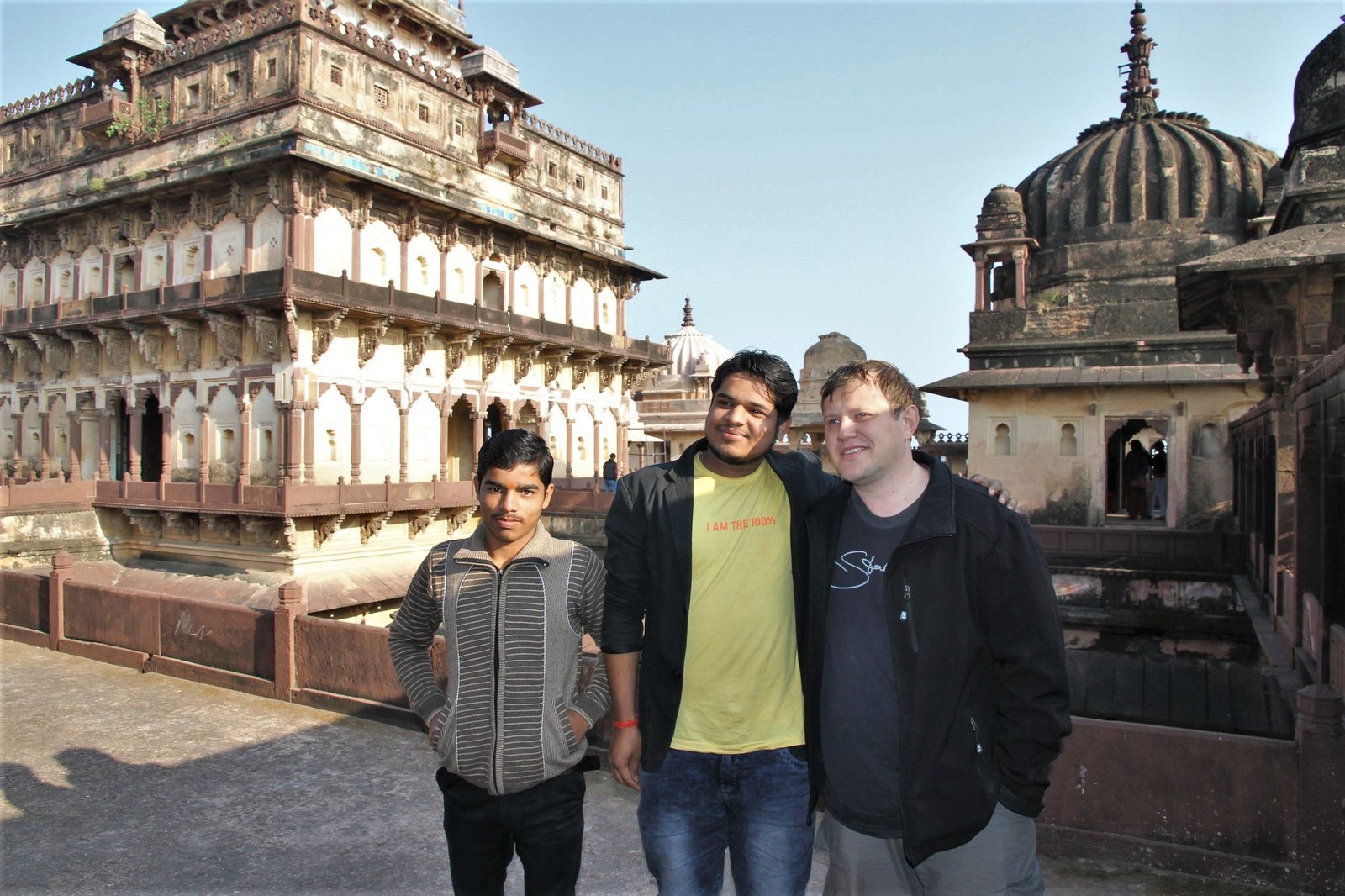
4. Corpse Burning. One of the craziest experiences we had in India was spending 24 hours in the holy city of Varanasi, where people go to die or arrange their bodies to be transported to be burnt on the steps of a ghat leading to the Ganges River. The day that we spent in that city was so mind-altering and intense that I doubt we can replicate it anywhere. Sometimes, when I'm at home, I think of Varanasi and those ceremonial pyres that never stop burning. Julia’s food poisoning and my kidnapping by a local “guide” demanding money only further amplified the already wild experience so much that at times I feel I must have dreamt of it, and it couldn’t possibly be real.
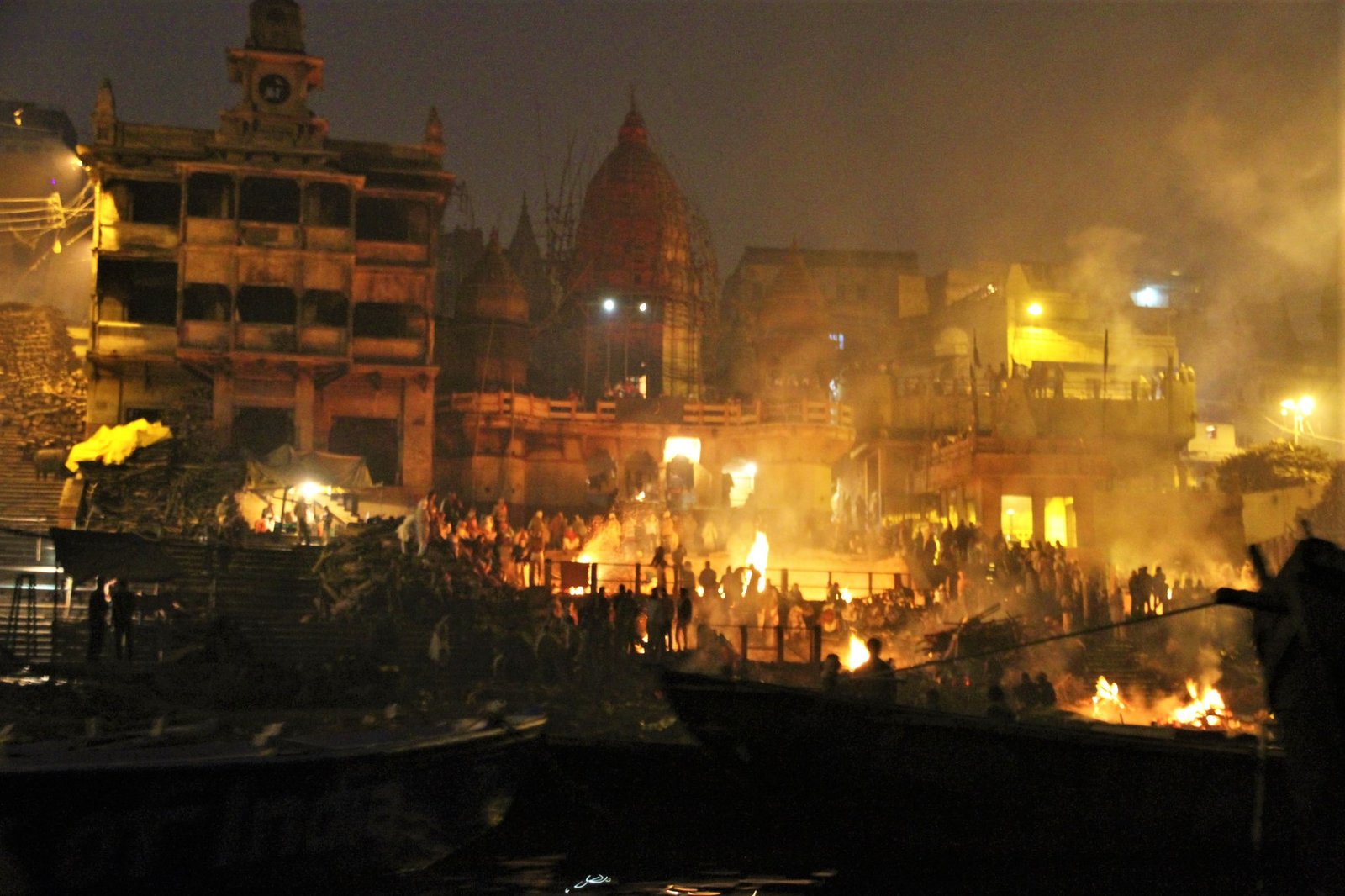
5. Rats. Before our trip, we knew about the holiness of cows in Hinduism. But what we were not prepared for was that rats are also considered sacred. Apparently, it is believed that rats are an incarnation of the Hindu goddess Durga. We saw rats everywhere: at train stations, outside expensive hotels, and on public squares. But no one seemed to care, and no one was bothered by them. In Jaipur, we saw a young couple sitting on a bench affectionately holding hands while rats were fighting right by their feet! As we traveled through Rajasthan, there was an option of visiting the Rat Temple, where hundreds of rats live, are worshipped, and fed daily. But because you must walk only barefoot through the temple, we decided to skip this attraction. Swastikas, being hounded for photos, and corpse burning are one thing, but walking barefoot among hundreds of rats was a bit too much for us! Well, maybe next time…
